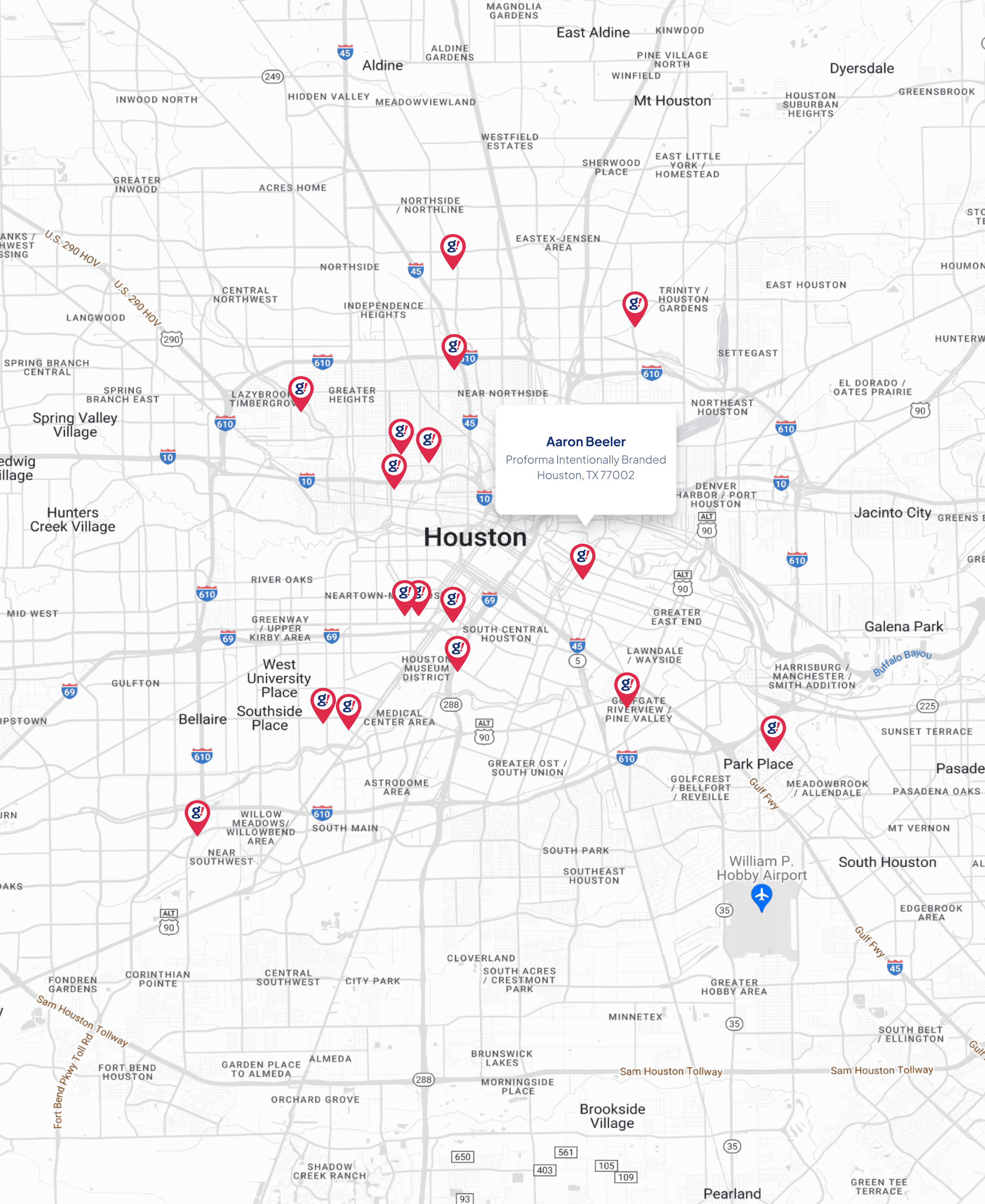GStream: No content available.
If you have a project in mind or would like to set up a discovery call (we’ll bring an in-depth audit of your business online), fill out the form below:
Use our SEO tool and we’ll tell you.
Use the form to the right for help or if this is a general inquiry, please click here.
You’re one step away from a free strategy session powered by human + artificial intelligence.
We’ll take a quick look at your business and show you how gotcha! helps bring people to businesses and businesses to people.
Whether you’re looking to improve your site, get found online, or scale smarter, our team will give you actionable insights and a clear next step. Here’s a look at what you get:
Found 16 certified partners in Texas
Proforma Intentionally Branded
Houston, TX 77002
903-638-4140
Proforma Intentionally Branded
Houston, TX 77002
903-638-4140
Proforma Intentionally Branded
Houston, TX 77002
903-638-4140
Proforma Intentionally Branded
Houston, TX 77002
903-638-4140
Proforma Intentionally Branded
Houston, TX 77002
903-638-4140
Proforma Intentionally Branded
Houston, TX 77002
903-638-4140

Please follow the instructions to schedule time with us - it's fast and easy. all times will be displayed according to your time zone.

